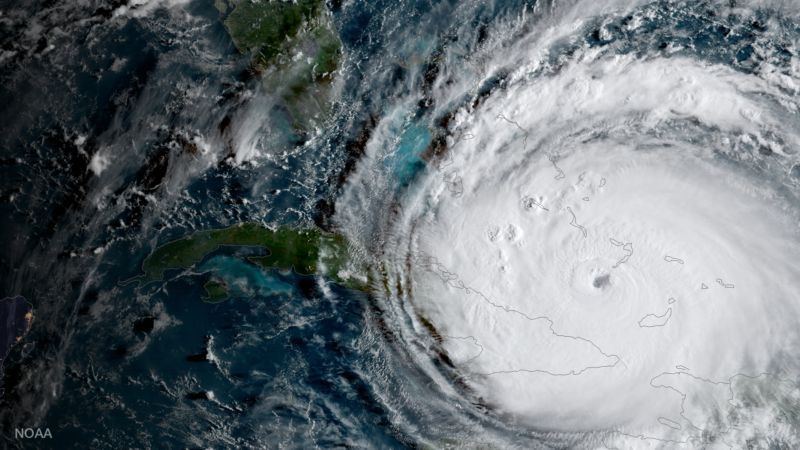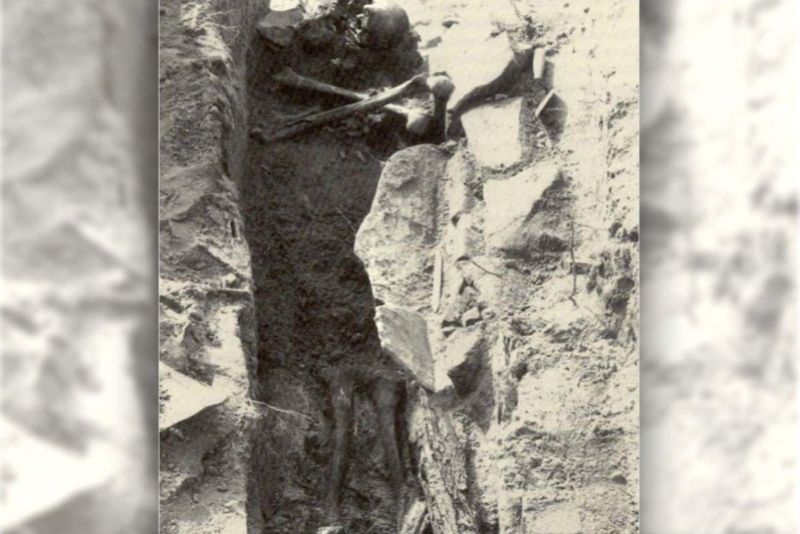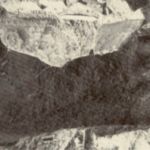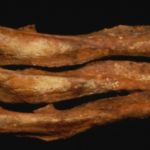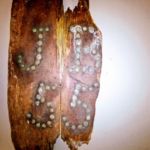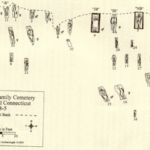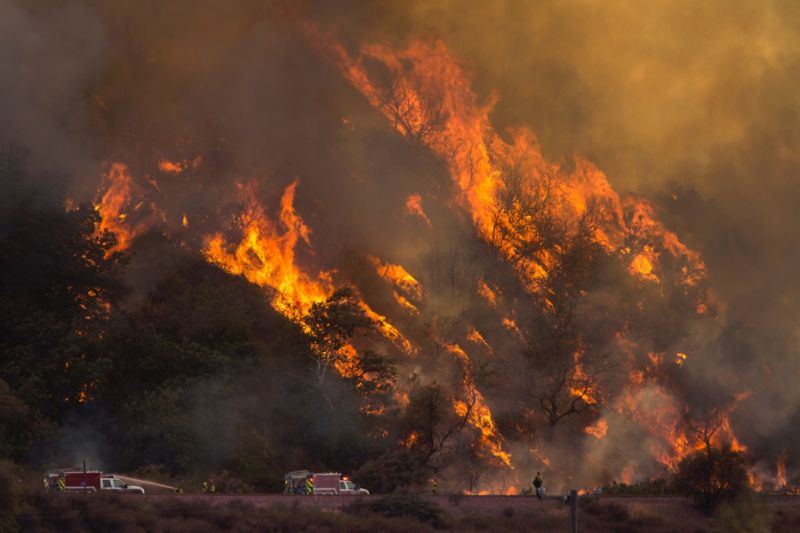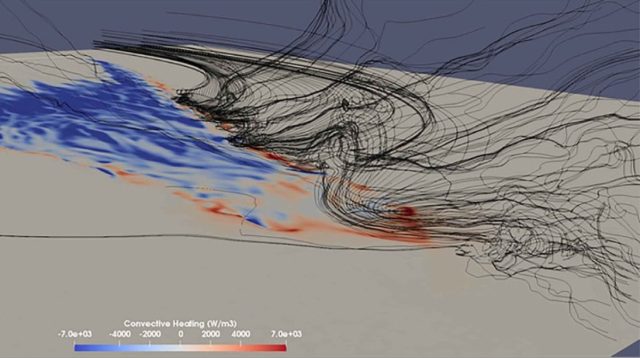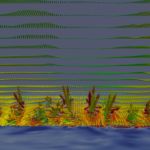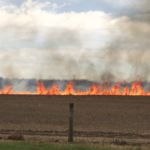Teach the Conspiracy: GMOs
Recent studies show the general public and the scientific community are deeply divided on the perceived safety of GMOs. Ars Technica's John Timmer explains why this rift exists and why GMOs are much safer than most people realize.
Transcript
00:00
[dramatic, scary music]
00:04
A little while back, two polls were done.
00:06
One sampled the US public, while the second sampled members
00:09
of an organization that include scientists
00:12
and people interested in the science.
00:14
The pollsters used the results to determine
00:16
where scientists and the public kept
00:18
the biggest differences in opinion.
00:20
You might expect it to be something political,
00:22
like evolution or climate change, but it wasn't.
00:25
It was whether GMO foods are safe.
00:27
[Woman] Asparagus, mashed potatoes,
00:30
and a special treat for them, chocolate layer cake pills.
00:35
Are they?
00:35
[riveting, dramatic music]
00:39
We use genetic engineering to give plants useful traits.
00:42
We've made crops that resist viruses
00:45
or make proteins that kill the insect pests that eat them.
00:48
We've made other crops that aren't harmed by a weed killer.
00:51
We've engineered rice to make an important vitamin.
00:54
[Woman] Golden rice is being marketed as the cure
00:57
to vitamin A deficiency, a leading cause
00:59
of blindness in the world.
01:01
These crops have lowered pesticide use
01:03
and increased farmers' income in developing countries.
01:06
While an engineered crop is undoubtedly different,
01:09
all of our crops are very different from how they started.
01:12
Our crops are hybrids of different strains
01:14
with many random mutations,
01:16
both natural and made using radiation.
01:19
Or here are two mutations in maize.
01:21
GMOs have smaller and far more targeted changes
01:24
than a crop strain does compared to its natural relatives.
01:27
But people have always been uneasy with genetic engineering,
01:31
starting back when we applied it to bacteria in the 1970s.
01:35
You know what kind they are? All I know is that they came
01:37
out of that test tube that you gave me.
01:39
They're the ones with kinds of bacteria
01:40
that cause food to spoil.
01:43
The controversy over genetic engineering followed
01:45
to crops.
01:46
People worry about the spread of engineered genes
01:49
into the environment, the way GMO crops provide an advantage
01:53
to large agricultural companies and our increasing reliance
01:56
on just a few strains of plants for our food.
02:00
Combined, these worries have led
02:01
to decades of protests, including arson and destroyed crops.
02:05
Due to all this, the use of GMOs in Europe
02:08
has been severely limited, and the US has even passed a law
02:12
requiring foods containing GMOs to be labeled.
02:15
But politics isn't driving the problems.
02:17
Polls show equal concerns about GMO foods
02:20
between conservative Republicans and liberal Democrats.
02:24
So why are they wrong?
02:26
Some of the controversy rises from issues related
02:29
to whether a few companies have too much control
02:31
over modern agriculture.
02:33
Other issues focus on the danger of relying
02:36
on a limited number of high-yield crop strains.
02:38
That's not a problem specific to GMOs, though.
02:41
It's just how agriculture works now.
02:44
Genetic engineering involves inserting a short stretch
02:46
of DNA into the genome of an organism, in this case a plant.
02:51
That DNA will typically encode a couple of genes,
02:53
at least one of which provides a useful function,
02:56
like virus resistance.
02:58
The modified DNA itself isn't dangerous
03:01
since the DNA of anything we eat gets broken up
03:04
in our digestive tract.
03:05
We also digest the proteins that the gene encodes.
03:09
But, just in case, we've tested whether these proteins
03:12
cause allergies before the engineering goes ahead.
03:16
If GMO critics were right, wouldn't we be seeing lots
03:19
of health problems tied to their use?
03:21
Yet GMO crops have now undergone decades
03:23
of testing and use, and no problems have been discovered.
03:27
While a few small studies have suggested a link
03:29
between GMOs and cancers, these studies
03:32
have had glaring flaws: too few animals,
03:35
inconsistent results, and they've been impossible to repeat.
03:39
If the engineered proteins were doing anything
03:41
in our bodies, we'd probably see the effects
03:44
during animal testing.
03:46
Then we'd be seeing it in our cells along
03:48
with all the other plant and animal DNA from our food.
03:51
Absolutely none of these things have been seen.
03:54
While it is possible to make a GMO crop that isn't safe,
03:58
what economic reason would a company have for doing that?
04:01
Sure, there could be risks if people use the crops poorly.
04:06
It's possible that the engineered genes
04:07
could spread to the wild relatives of the crops.
04:10
Insects could develop resistance to some
04:13
of the crops we've engineered.
04:14
But all things considered, these risks can be managed,
04:18
and they're not risks to human health.
04:20
[monster roaring]
04:21
So why are people so afraid of GMOs?
04:23
[woman screaming]
04:24
One thing to consider is that fewer people than ever
04:27
are involved in farming, which means
04:29
that fewer people directly reap the benefits of GMO crops.
04:33
Most of those benefits go to farmers.
04:35
Lots of people don't trust the companies
04:37
that dominate modern agriculture.
04:40
Finally, some people may view genetic engineering
04:43
as playing God and are uncomfortable with it.
04:46
[Narrator On TV] There is in this at least a hint
04:47
of the moral problems posed by modern genetics.
04:51
The leading poets, professors,
04:52
and politicians could furnish genetic material
04:55
for generations of offspring.
04:57
Who is to decide?
04:59
Religious dietary laws are the result
05:01
of a deep-seated desire for food that's pure and natural.
05:06
Some of that's reasonable.
05:07
We all want our food processed under clean conditions.
05:10
But there's nothing natural about any of our crops.
05:13
Remember what the ancestor of corn looks like?
05:16
Given all these issues, it's unlikely the public
05:19
will accept the science any time soon.
05:21
[dramatic music]
